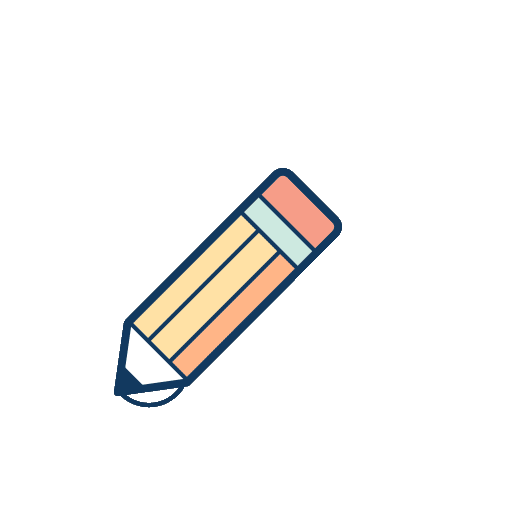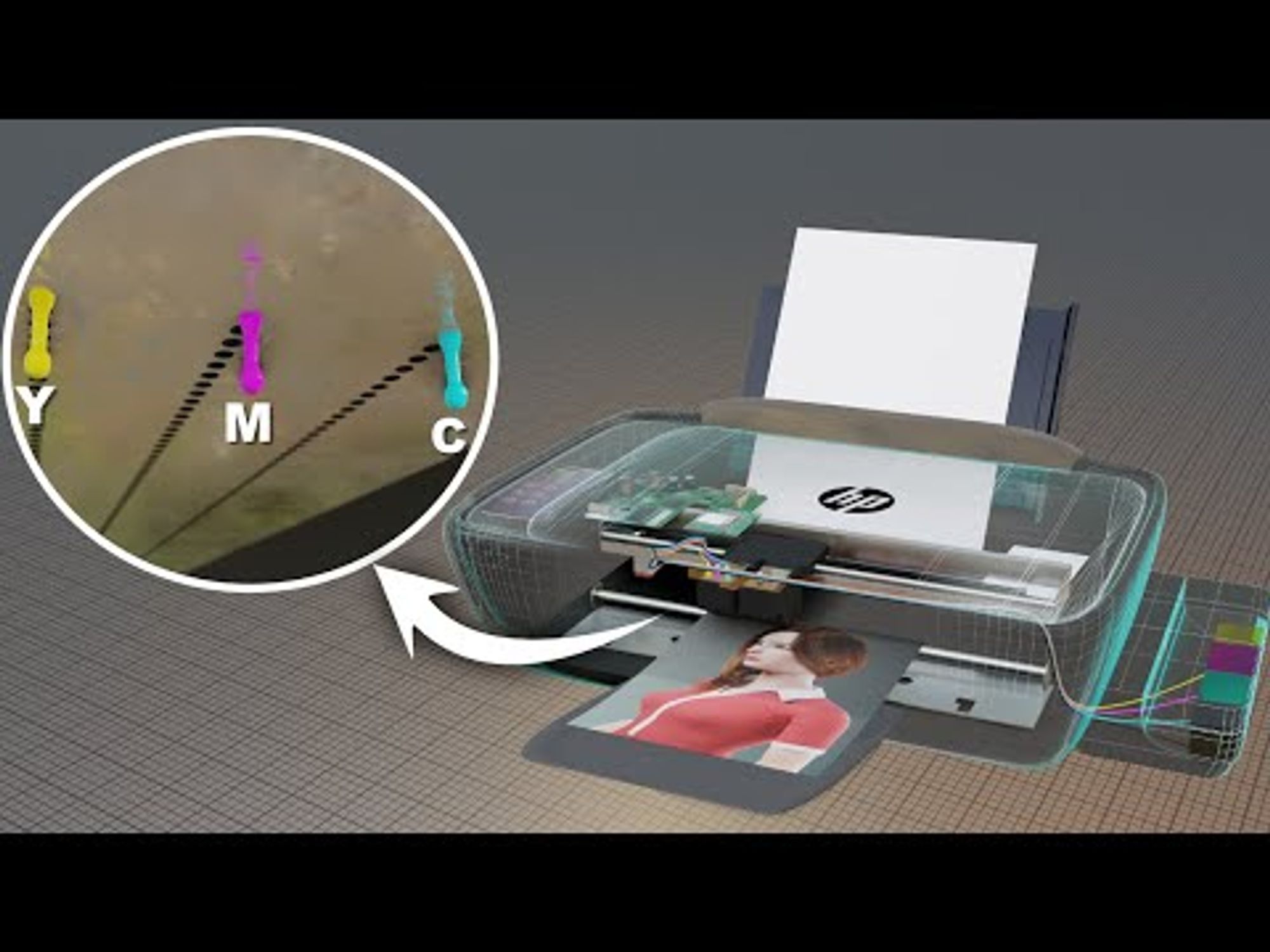Nature only has frequencies, and colors are defined by the cells in human eyes and cognitive processes in the brain. Various frequency combinations can mimic the color of a specific frequency (red + green = yellow).
To connect the two ends of the spectrum, we have to introduce new hues, opposite to green: purples. They correspond to mixtures of red and blue-violet. These hues do not exist in the spectrum; they can only be obtained by mixing at least two wavelengths, one from each end.
At the dawn of the 20th century, Christine Ladd-Franklin proposed that colour vision appeared gradually over the course of evolution. The first eyes distinguishes only one dimension, between light and dark. A second dimension then appeared, allowing to differentiate long from short waves; yellow from blue. Finally, a third dimension differentiates from long from medium waves; red from green. Our distance ancestors also perceived a fourth dimension, in the ultraviolet, which many animals have retained to this day. But mammals would have lost two of these dimensions, force to hide under the reign of the dinosaurs. Even today, a tiger is still perfectly camouflaged in the eyes of tits prey. In humans and certain primates, the third dimension of colour has reappeared more recently.
Until now, we have organized according to physical criteria. They are useful mathematically, they do not reflect how we perceive colours from a sensory point of view. Different hues have different intensities for our eyes. Blue or yellow hues, for instance, seem more compressed than green one. Our perception is based on fundamental oppositions: between black and white, red and green, yellow and blue. A theory that is now considered as valid, because certain cells in the retina actually transform the red, green and blue signals into signals of oppositions.
Based on precise measurements of colour perception, some constructed detailed atlases, such as famous Munsell system (Albert Henry Munsell, 1898 / 1905). Yellow tends to appear lighter than others, such as blue. Some hues also tend to appear more vivid than others, such as magenta compared to turquoise.Within the spectrum, our eyes are more sensitive to medium wavelengths, which is why yellow appears brighter than indigo. Also, the intensity increases by a constant amount from one slice to the next. However, the variations seem stronger in the dark areas, than in the light areas. This is the Weber-Fechner law. We can model this effect with a mathematical function, , which represents our perception of brightness as a function of the actual physical luminance of the light.
Taking this effect into account, we can create a more perceptually uniform gradient. This is the founding principle of the “L.a.b” space (CIE, 1976). In 2020, Bjorn Ottossom proposed the “okLab” space as a more precise alternative. Its geometry resembles a deformed droplet.
Color Notion
Colors
Subtractive and Additive Color Models



 Seonglae Cho
Seonglae Cho


